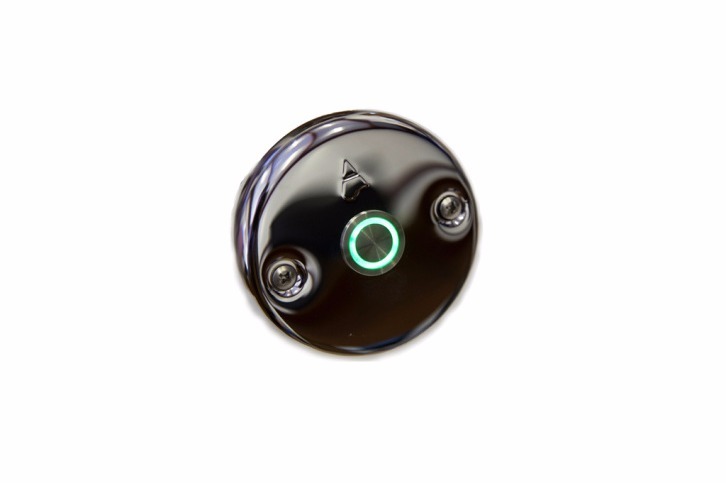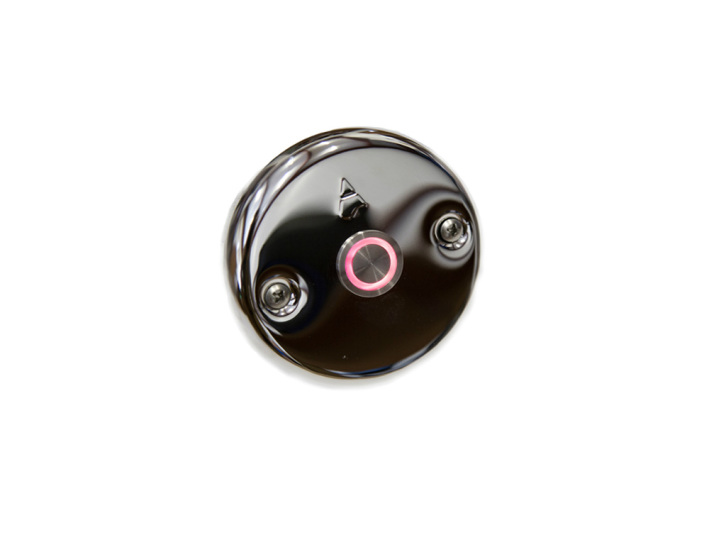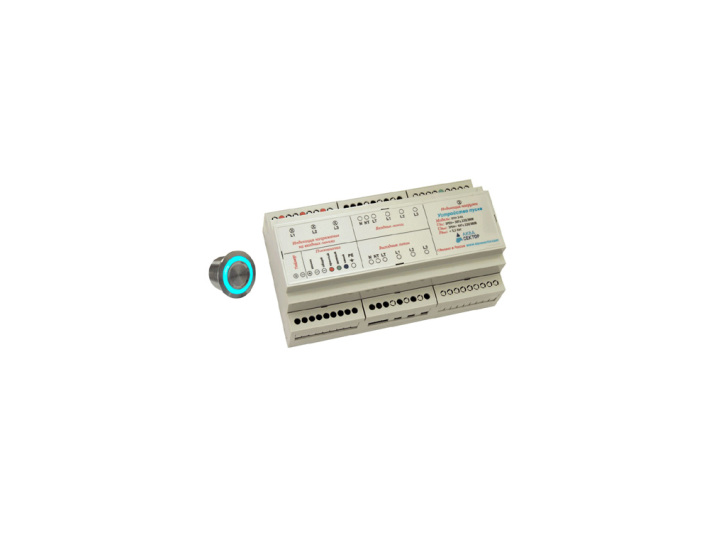Sensor switch is an innovative way of convenient and safe attractions control. Convenient for installation and maintenance. Appealing and safe to use.
Sensor switches are waterproof, so they are safe to use in the pool. They are installed into the side surface of the pool. Made of stainless steel.
There is a ring shaped LED RGB producer around the sensitive surface of the button, that changes the color upon touch. For instance from green to red.
Sensor switches are a novelty. They have been developed in the recently and they are a modernized analog of pneumatic buttons. They have a variety of advantages:
- They are easier to install which means that the cost of installation will also be lower;
- Tested working cycles 40 million times;
- They are not worn out, broken or fouled;
- Electro-safe
- IP68 hermetically proof on sensitive side;
- Tamper-proof/anti-vandal;
- No force necessary when pressing.
The work principal of sensor switch is based on direct physical piezoelectric effect. The frontal part of the button when pressed deforms piezoelectric element. As a result, of deformation an electric impulse is created on the electrodes of the piezoelectric element. This impulse lasts for 120-200ms, which allows to control alternating current switch.
The sensitivity of pool buttons is adjusted to human hand touch. When pressed, it flips the outlet transistor switch and changes the levels of outlet electric lines.
Control unit is included. In fact, it is the one that allows to switch on and off the attractions.
The timer, connected to Control unit 3-01, serves to switch off the attractions automatically after a set period of time.

Structural design of sensor switch
The piezoelectric element 3 is installed on the back side of the sensor switch. The voltage from its output electrodes applies to printed-wire board, and after that, the current collector 4. taps off the voltage. The current collector is usually made of conductive rubber. Electronic circuit, that commutes external voltage, is installed onto printed-wire board 5. All the construction is covered with joint sealing compound 6 and output electrodes 7 may be fulfilled via split, wires or cable.
- metal frame
- membrane
- piezoelectric element
- current collector
- printed-wire board with control electronic circuit
- joint sealing compound
- output electrodes
If you have any questions ask the company manager.



